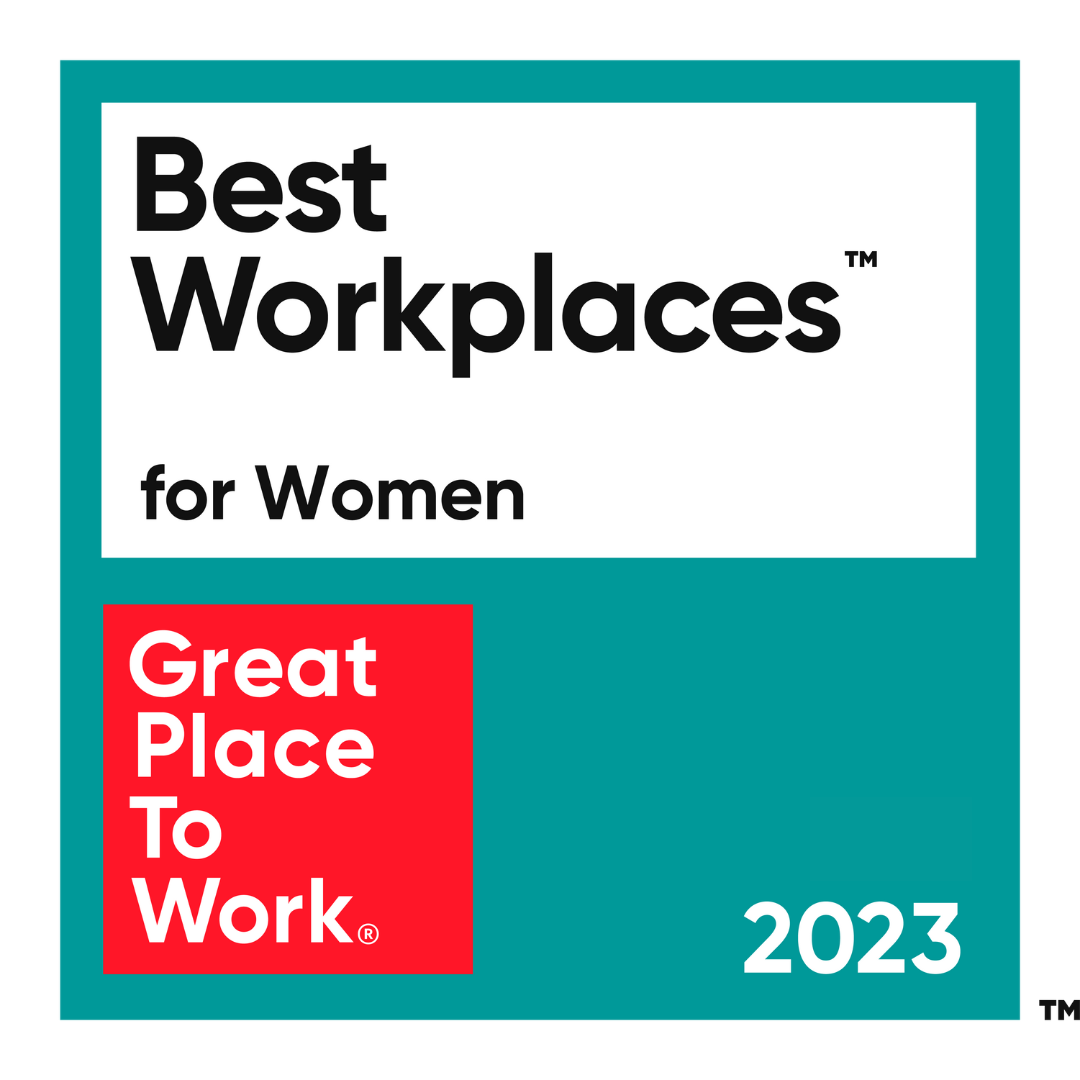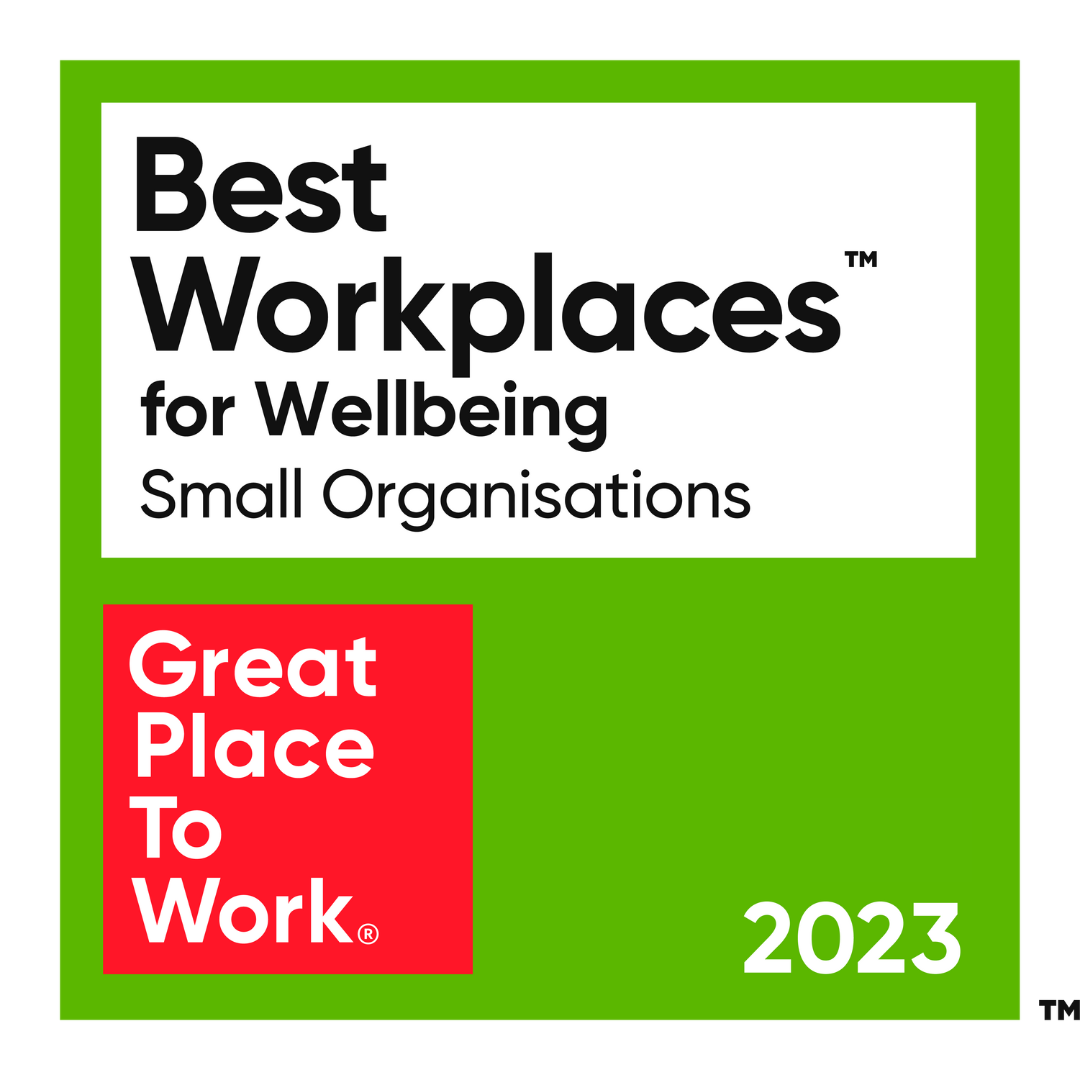Brands Deserve Better Media
A weekly column from @tomjdenford
The 3 most common questions media directors ask about their internal media organizations.
We spend a lot of time in our consulting practice talking to senior media and marketing leaders within many of the world's most ambitious brands.
These people are often deeply experienced, very knowledgeable about the media industry and understand the nuances of how different media works. Yet the question we most commonly get asked by media and marketing leaders is a very simple one they often cannot answer, "How good are we at media?"
To answer that question, the curious marketer will have traditionally relied on some external data points which signal good media performance. These are what we might call 'performance metrics' such as CPM (the price of impressions), reach & frequency, share of voice, clicks, registrations, downloads etc. The resulting reports and dashboards can become a rabbit-hole to the unwary, on a mission to make every media dollar accountable for some measure of performance.
How good are we?
Yet, “How good are we at media?” is an important strategic question because media as an activity can give a competitive advantage to brands. In marketing, as we all know, there is no best only better. So, brands have to work hard to outperform their competitors with marketing that is either more effective or more cost efficient. Ideally, both.
As a brand manager, if you can achieve your marketing objectives using less resources than your competitors, then over time your products should be more profitable. In turn that better margin can help fund better marketing which grows market share and thus becomes a virtuous circle.
So, it makes sense that ambitious marketers, knowing that media is one of the largest investments in marketing success they make each year, should have questions about how to be better. Media typically accounts for between 60-75% of total marketing communications investments. The opportunity to get it right and get media working better can be very compelling for an ambitious brand manager.
At the same time, media has grown increasingly complex and it's not immediately obvious even to the trained eye how good media is and how well it's performing. This requires some analysis.
As more brands have built media capabilities internally - commonly called ‘in-housing media operations’ - so too have those internal media capabilities become an opportunity for competitive advantage. Brands are investing in capabilities such as people, tools, technology, learning, and processes, to be better at media internally.
But even the best media directors feel that, to an extent, they are building internal media capabilities somewhat blind to what competitive advantage it might give them. In our industry we are heavily reliant on benchmarking. We benchmark media prices, we benchmark agency fees, we benchmark supplier performance, we benchmark each other on professional development and many other areas.
Are we behind our competitors?
In our work with leading brands over the last decade, across all main categories and geographies, what is true in every single brand we speak to is that the Media Director always doubts their own internal media capabilities in comparison to others.
If the first question we get asked by a Media Director is “How good are we at media?” it is invariably followed by the casual observation that, “I am sure we are lagging behind our competitors.” The fact that this is such a universal belief obviously means that everybody thinks they're below average but by definition, there has to be a spread of capabilities.
When we work with brand teams to go through an assessment of their internal media capabilities, we usually find that there are some areas where they are excelling - meeting or exceeding the best practices seen in other brands. Likewise, there will be some areas where there are gaps that can be addressed to bring the media organization in line with best practices for their category.
What can we do to improve?
Armed with these insights, the third question we have to address in collaboration with the marketer is “what should we be doing and (most importantly) what should we NOT be doing?” The media director is typically bombarded with questions internally about media. “Should we be in-housing our media” “Will we be in the Superbowl?” “How do we manage brand and performance media?” “Should retail media budgets be managed by the media team?”
Regular readers will know my penchant for Michael Porter’s definition of strategy, "Deciding what not to do." Unsurprisingly, media directors tend to like this definition, too.
The focus then shifts to deciding what to do and what not to do. This involves taking all the things that are working well, amplifying those and sharing those across the organization. For example, within a multi-divisional or multi-market company, the different parts of the organization may have different strengths and weaknesses. The task then becomes identifying all the strengths across the organization and sharing those learnings quickly to immediately raise capabilities across the organization as a whole.
In parallel, we can identify those areas where the media organization is falling short of category best practice and try to identify if best practice exists somewhere else in the organization that can be shared and transferred to resolve those gaps.
Once the strengths and weaknesses of internal media capabilities are identified, the next exercise is to prioritize those areas of improvement. This should give more importance to those changes likely to have a greater value impact on the business, and prioritizing these into a roadmap to evolve the internal media organization to best practice. A road map can be broken down into work streams to be managed with smaller teams with clear objectives, delivery deadlines, and resource requirements. In the weeks and months following the assessment, the media organization can make rapid progress in areas of greatest value impact with a clear vision of where the organization will get to within a set time frame.
The assessment and roadmap give the media director a business case for change (including a case for increased investment) and will often define their role for the year or two ahead. Now that they know what not to do, they can focus their media team and their brand marketing colleagues on developing those capabilities which will help their brands grow.
Remember, we are all in service of the brands we love and your brand might deserve better internal media capabilities. When brands get the media they deserve, they grow.
When brands flourish, we all win.
Tom
Want to learn more about how to be the best at media? We would love to help! Check out our Media Capabilities page or schedule a call with us. We would love to meet you, hear about your goals and challenges, and talk about how ID Comms can help your brand outpace your competition!






COMMENTS